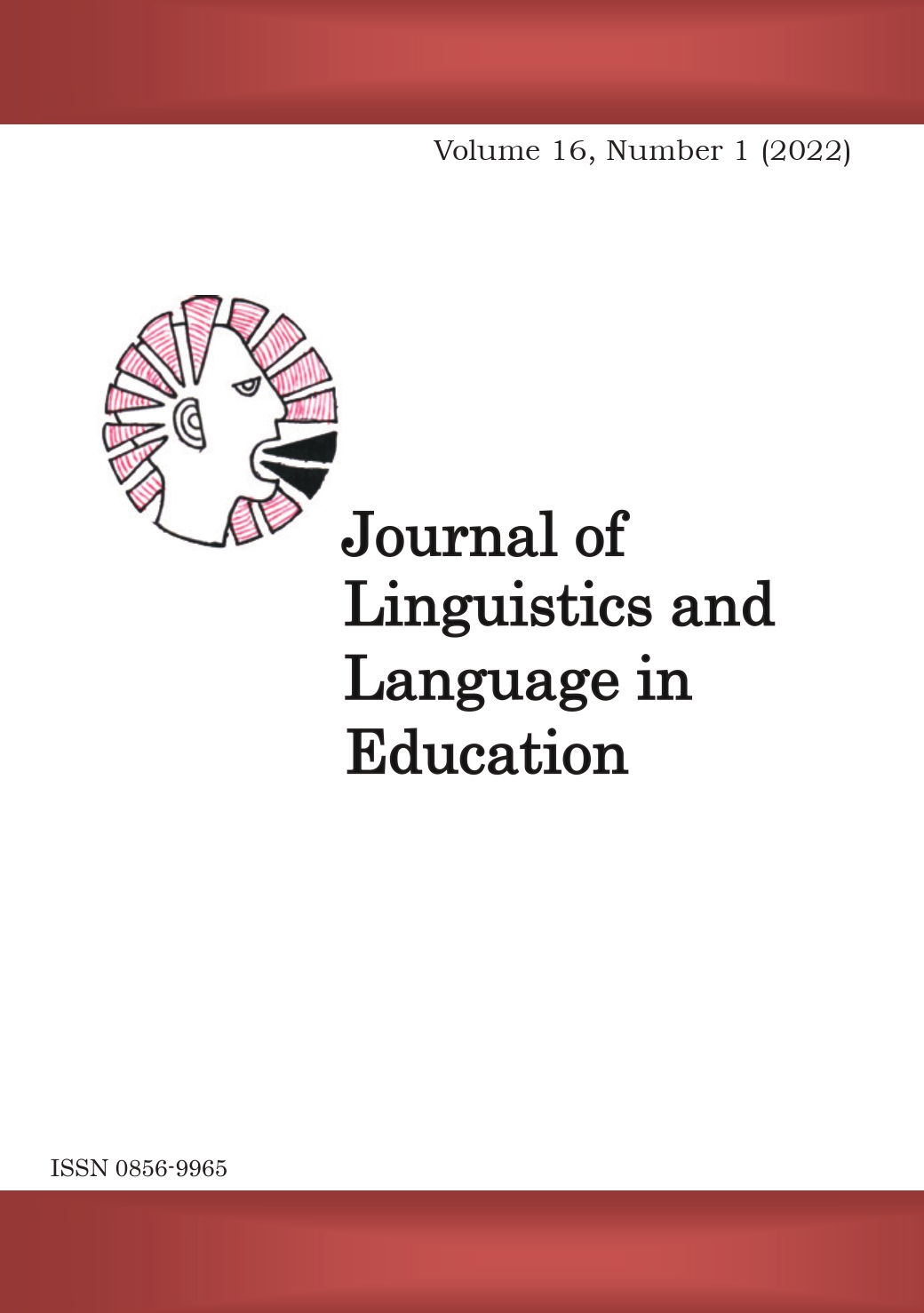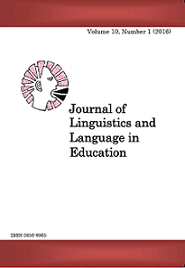Revisiting the Syntactic Analysis of Hausa Verbs from Wallace Chafe’s Semantic-Structure-Form Perspective
Abstract
For several decades, there has been huge interest in studying the wellformedness of sentences in various languages across the globe. There is a consensus among linguists that semantic structure is the area in which the well-formedness of sentences is determined in all natural languages. Over these years, the issue of semantic structure in syntactic analysis of Hausa verbs has taken a back seat in the Hausa language research despite the centrality of the verb as a category that determines the organization of the othe constituents of a sentence. The present paper employs Wallace Chafe’s semantic structure theory to analyze Hausa sentences that were generated from the Parsonian seven grades of Hausa verbs to justify their structural consideration within semantic structure theory, which specifies verbs semantically in terms of their semantic units that include states, processes and actions. The findings of paper indicate that the semantic formation rules govern the configuration of the basic semantic elements in the wellformed ‘semantic structure’ underlying the sentences of the language in which verbs dictate the selection of the accompanying nouns and of the relationship which such nouns have to verbs.
Downloads
Published
Issue
Section
License
Copyright © by Department of Foreign Languages and Linguistics, University of Dar es Salaam
All rights reserved. No part of this publication may be reproduced or transmitted in any form or by any means, electronic or mechanical, including photocopying, recording, or any information storage or retrieval system, without permission in writing from the publisher, except for short extracts in fair dealing, for research or private study, critical scholarly review or discourse with an acknowledgement.



